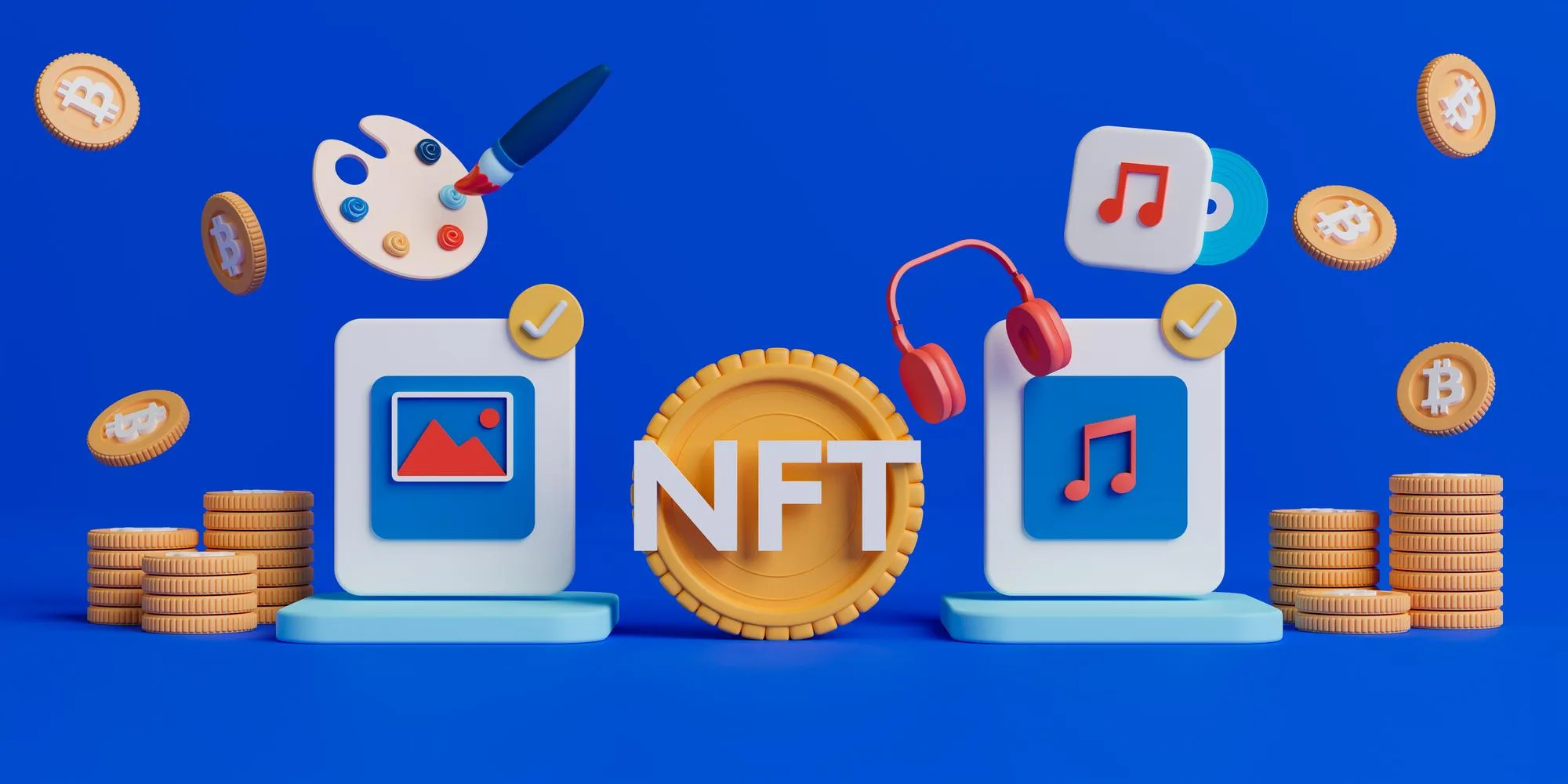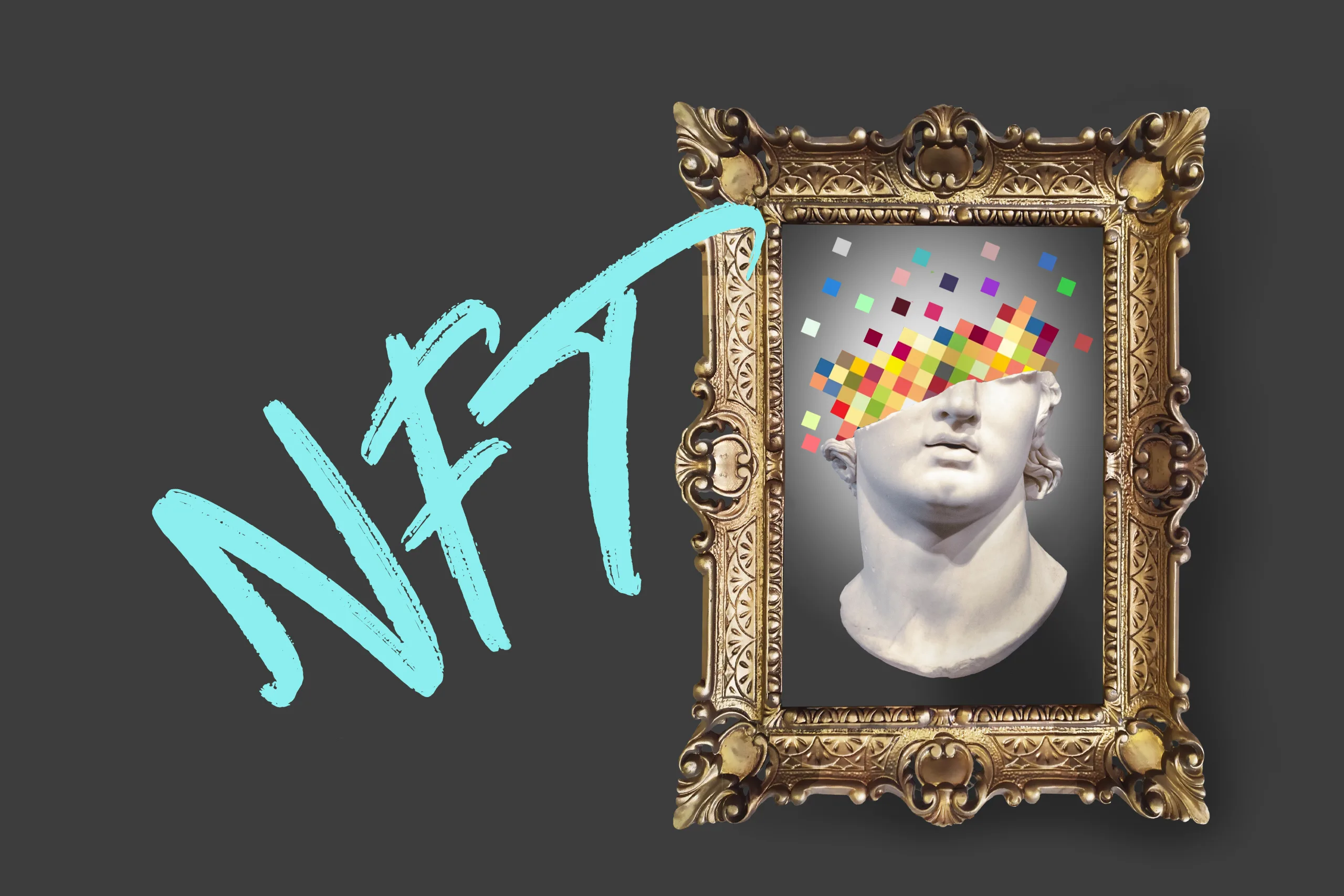- NFT Phishing Scam: Complete Beginner’s Guide to Stay Safe in 2025
- What is an NFT? (Explained Simply)
- Why NFTs Attract Scammers
- Understanding Phishing Scams in the Digital World
- How NFT Phishing Scams Work
- Signs You’re a Target of an NFT Phishing Scam
- Why Beginners and Students Are the Most Vulnerable
- Preventing NFT Phishing Scams
- What To Do If You Fall for an NFT Phishing Scam
- Legal Aspects of NFT Phishing Scams
- Tools & Resources to Avoid NFT Phishing Scams
- Conclusion: Staying Safe in the World of NFTs
NFT Phishing Scam: Complete Beginner’s Guide to Stay Safe in 2025
Introduction to NFT Phishing Scams
In recent years, Non-Fungible Tokens (NFTs) have taken the digital world by storm. From artwork to gaming assets and even virtual real estate, NFTs have opened up new opportunities for creators and collectors. But as this digital revolution grows, so does the risk of scams. One of the most dangerous threats facing NFT holders today is the NFT phishing scam.
For beginners and students stepping into the NFT space, understanding how these scams work is critical. Without the right knowledge, one wrong click on a suspicious link could lead to losing valuable digital assets forever. This guide will break down what NFT phishing scams are, how they work, and the best ways to stay safe in 2025.
What is an NFT? (Explained Simply)
An NFT (Non-Fungible Token) is a unique digital asset stored on a blockchain. Unlike cryptocurrencies like Bitcoin or Ethereum, which are interchangeable, each NFT represents something one-of-a-kind—like a piece of art, a collectible, or a digital certificate.
For example:
-
A cryptocurrency coin = like a dollar bill (all are the same).
-
An NFT = like a signed painting (one-of-a-kind).
NFTs are valuable because of their ownership proof, rarity, and connection to digital culture. Unfortunately, this value also makes them attractive targets for scammers.
Why NFTs Attract Scammers
NFTs combine money, hype, and new technology—three ingredients that fraudsters love. Here’s why scammers target NFTs:
-
High Value: Rare NFTs can sell for millions.
-
Irreversible Transactions: Once assets leave your wallet, they’re gone.
-
New Users: Many NFT buyers are beginners who don’t understand blockchain security.
-
Anonymity: Scammers hide behind fake identities, making it hard to trace them.
NFT phishing scams exploit these weaknesses by tricking users into handing over their wallet credentials or signing malicious transactions.
Understanding Phishing Scams in the Digital World
Definition of Phishing
Phishing is a type of cybercrime where attackers pretend to be trusted entities to trick people into revealing sensitive information. Traditionally, phishing happens through emails, text messages, or fake websites. The attacker’s goal is to steal login credentials, credit card details, or personal data.
In the NFT space, phishing works the same way—but instead of targeting your email password, scammers go after your crypto wallet keys or trick you into approving a malicious transaction.
How Traditional Phishing Differs from NFT Phishing
While traditional phishing usually focuses on identity theft or banking fraud, NFT phishing has a unique twist:
-
Targeted Assets: Instead of money in a bank, scammers steal NFTs or cryptocurrency stored in digital wallets.
-
Tech-Savvy Approach: NFT phishing often involves Web3 technology, such as smart contracts and decentralized apps.
-
Community Manipulation: Scammers exploit social media, Discord servers, and NFT marketplaces where beginners gather.
This combination makes NFT phishing one of the fastest-growing online threats in 2025.
How NFT Phishing Scams Work
NFT phishing scams often follow a pattern: attract → trick → steal. Scammers lure victims with tempting offers, trick them into clicking a fake link or connecting their wallet, and then drain their digital assets.
Common Tactics Used by Scammers
1. Fake NFT Marketplaces
Scammers build websites that look identical to popular NFT marketplaces like OpenSea or Rarible. When users try to log in, they unknowingly give away their seed phrases or wallet access.
-
Example: A user searches for “Buy NFT on OpenSea” and clicks a sponsored ad leading to a fake clone site. Once they connect their wallet, their assets are instantly stolen.
2. Fake Airdrops & Giveaways
NFT communities often hold airdrop campaigns (free tokens or NFTs to promote a project). Scammers exploit this by sending fake airdrop links that ask users to connect wallets or pay a small “gas fee.”
Once connected, the malicious contract allows the scammer to drain the wallet.
3. Discord & Telegram Scams
NFT projects rely heavily on Discord and Telegram communities. Scammers infiltrate these spaces by:
-
Pretending to be project moderators.
-
Posting fake “official announcements” with malicious links.
-
Direct messaging beginners with offers or urgent warnings.
Many beginners fall victim because they believe the message comes from an official source.
4. Phishing Emails & Malicious Links
Email phishing is still alive and well. NFT phishing emails often look like:
-
“Security Alert! Your Wallet Needs Verification”
-
“Claim Your Free NFT Airdrop”
-
“Congratulations! You’ve Won an NFT Giveaway”
Clicking the link takes the victim to a fake site where they enter wallet credentials.
Case Studies: Real-World NFT Phishing Incidents
-
OpenSea Phishing Attack (2022): Hackers stole NFTs worth over $1.7 million by tricking users into signing malicious smart contracts.
-
BAYC (Bored Ape Yacht Club) Scam: A phishing campaign on Instagram led to the theft of multiple high-value NFTs worth millions.
-
Fake Airdrops: Countless cases where students and beginners connected wallets to claim “free NFTs” and ended up losing everything.
These real-world examples prove that NFT phishing is not just a small risk—it’s a global problem affecting thousands of users daily.
Signs You’re a Target of an NFT Phishing Scam
Red Flags to Watch Out For
Beginners can protect themselves by learning to spot warning signs:
-
Unsolicited Messages: Random DMs on Discord, Telegram, or Twitter offering free NFTs.
-
Suspicious Links: URLs with misspellings like “0penSea.io” instead of “OpenSea.io.”
-
Urgency & Fear Tactics: Messages like “Act now or lose your NFT forever!”
-
Requests for Seed Phrase: No legitimate platform will ever ask for your private key or seed phrase.
-
Too Good to Be True Offers: Free giveaways that sound unrealistic.
Behavioral Tricks Scammers Use
Scammers don’t just rely on technology—they use psychological manipulation:
-
Fear of Missing Out (FOMO): “If you don’t claim this NFT in the next 10 minutes, you’ll lose it!”
-
Trust Exploitation: Pretending to be moderators or verified accounts.
-
Greed Appeal: Offering rare NFTs at impossibly low prices.
By preying on emotions, scammers bypass logic and push victims into hasty decisions.
Why Beginners and Students Are the Most Vulnerable
NFT phishing scams often target newcomers—especially young students entering the crypto and NFT world for the first time. Here’s why they’re more likely to fall victim.
Lack of Awareness
Most students don’t fully understand how Web3 wallets, blockchain transactions, or smart contracts work. They might think connecting their wallet to a new site is harmless. Unfortunately, one wrong approval can grant scammers full control of their assets.
Fear of Missing Out (FOMO)
NFT culture thrives on hype and exclusivity. Limited drops, early access sales, and viral giveaways create urgency. Scammers exploit this by sending fake “exclusive offers.”
Beginners, eager not to miss out, often click without checking authenticity.
Inexperience with Web3 Wallets
Students new to NFTs may not understand the difference between:
-
Public Address (safe to share)
-
Private Key / Seed Phrase (never share!)
Phishing scams often trick victims into entering private keys on fake sites. Beginners, not knowing the danger, fall for it.
Preventing NFT Phishing Scams
The good news is that beginners and students can protect themselves by following cybersecurity best practices.
Wallet Security Best Practices
Hardware Wallets vs. Hot Wallets
-
Hot Wallets (e.g., MetaMask, Trust Wallet): Convenient but connected to the internet—more vulnerable.
-
Hardware Wallets (e.g., Ledger, Trezor): Store private keys offline—much safer for NFTs.
💡 Beginners should use a hardware wallet for valuable NFTs and a hot wallet only for browsing.
Enabling 2FA and Multi-Signature
-
Use Two-Factor Authentication (2FA) on NFT platforms.
-
For extra protection, use multi-signature wallets where multiple approvals are required before transactions.
Safe Browsing Habits
-
Always bookmark official NFT marketplaces (like OpenSea).
-
Avoid clicking on links from Discord, Telegram, or Twitter DMs.
-
Double-check URLs—look for small misspellings.
-
Use a VPN and updated antivirus software.
How to Verify Legit NFT Projects
-
Check Social Media: Look for official Twitter/Discord accounts with verified badges.
-
Research the Team: Legit projects usually have public founders, not anonymous profiles.
-
Cross-Check Announcements: Compare messages on Discord with posts on official websites.
-
Look for Community Reputation: Established communities (Reddit, NFT forums) often flag scams quickly.
What To Do If You Fall for an NFT Phishing Scam
Even with precautions, mistakes happen. If you realize you’ve been scammed:
Immediate Actions to Take
-
Disconnect Your Wallet – Use your wallet settings to revoke suspicious site access.
-
Move Assets Quickly – Transfer remaining NFTs/crypto to a safe hardware wallet.
-
Change Passwords – Secure all linked accounts (Discord, email, exchanges).
Reporting to Authorities and NFT Platforms
-
Report to NFT marketplaces (OpenSea, Rarible).
-
File a complaint with IC3 (Internet Crime Complaint Center).
-
Share scam details on NFT community forums to warn others.
Can You Recover Lost NFTs?
Unfortunately, most stolen NFTs are irreversible due to blockchain’s nature. However:
-
Some platforms can freeze stolen NFTs if reported quickly.
-
Community pressure sometimes forces scammers to return assets.
-
Insurance-like services are emerging, but coverage is still rare.
Legal Aspects of NFT Phishing Scams
NFT phishing scams raise complex legal issues because they mix digital property rights with global cybercrime.
Current Laws Protecting NFT Holders
-
Cybersecurity & Fraud Laws: Many countries treat NFT scams like online fraud.
-
Consumer Protection Laws: Some jurisdictions apply digital asset protections.
-
Intellectual Property Rights: NFTs tied to art may involve copyright law.
Future Regulations in Web3 Security
Governments are exploring clearer NFT regulations:
-
Licensing requirements for NFT marketplaces.
-
Stronger identity verification for transactions.
-
Cybercrime task forces specializing in blockchain scams.
While laws evolve, personal security remains the first line of defense.
Tools & Resources to Avoid NFT Phishing Scams
Beginners and students can rely on trusted tools:
NFT Security Tools & Extensions
-
Etherscan / Polygonscan: Check suspicious wallet addresses.
-
MetaMask Security Alerts: Warns about malicious websites.
-
WalletGuard & Pocket Universe: Browser extensions that flag risky transactions.
Reputable Platforms and Communities
-
OpenSea (official marketplace) – https://opensea.io
-
Ledger Academy – Security tutorials for beginners.
-
NFT Subreddits & Discords – Community discussions about scam alerts.
Conclusion: Staying Safe in the World of NFTs
NFTs are exciting, innovative, and full of potential—but they also come with risks. As beginners and students enter the NFT space, the NFT phishing scam remains one of the biggest threats.
By learning how phishing scams work, recognizing red flags, and following security best practices, you can drastically reduce your chances of falling victim. Remember:
-
Never share your seed phrase or private keys.
-
Always double-check URLs and community announcements.
-
Use a hardware wallet for valuable assets.
The NFT world rewards those who are cautious, informed, and proactive. With the right knowledge, you can enjoy the benefits of NFTs without falling prey to scams.




Discussion (0)